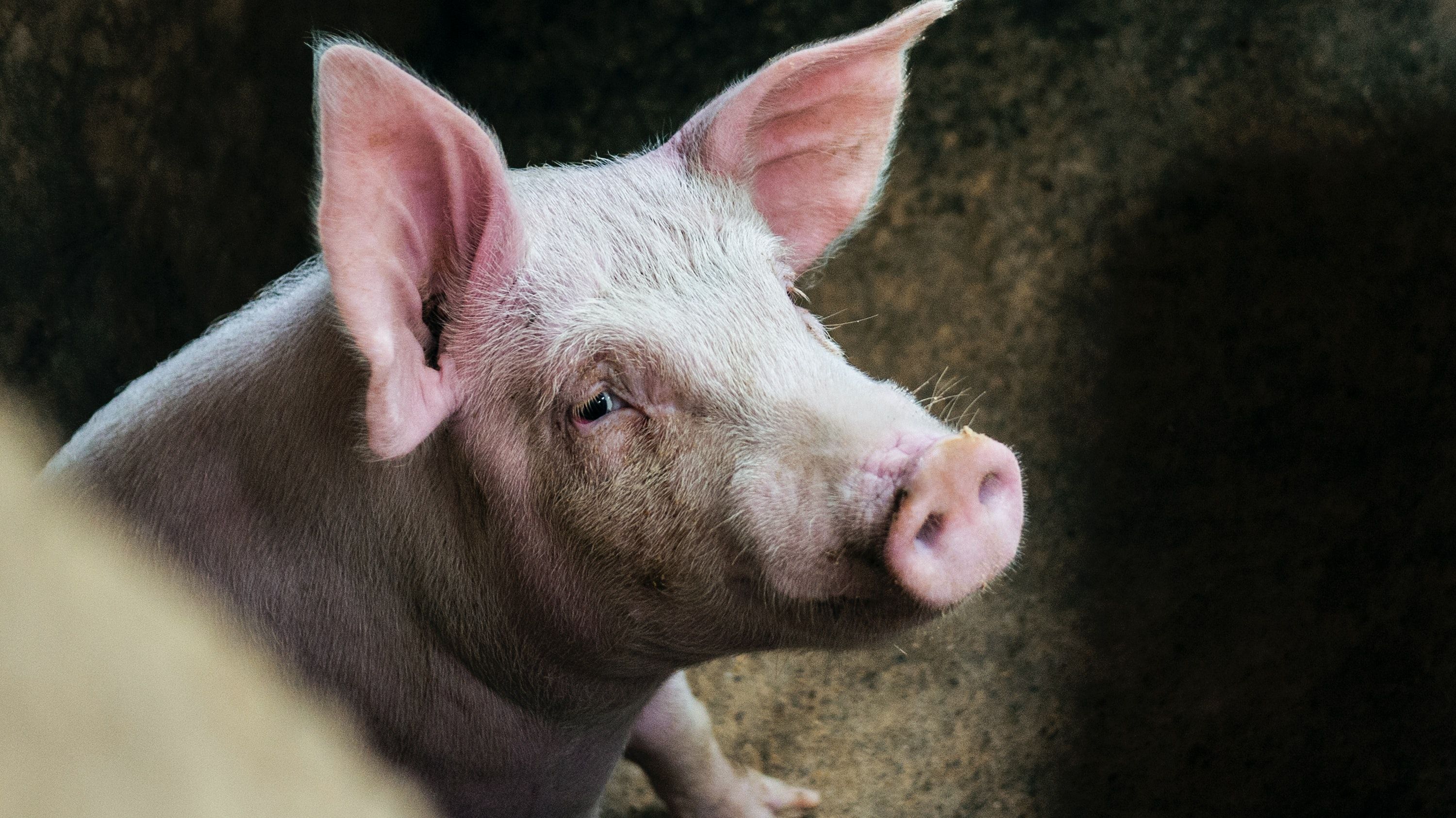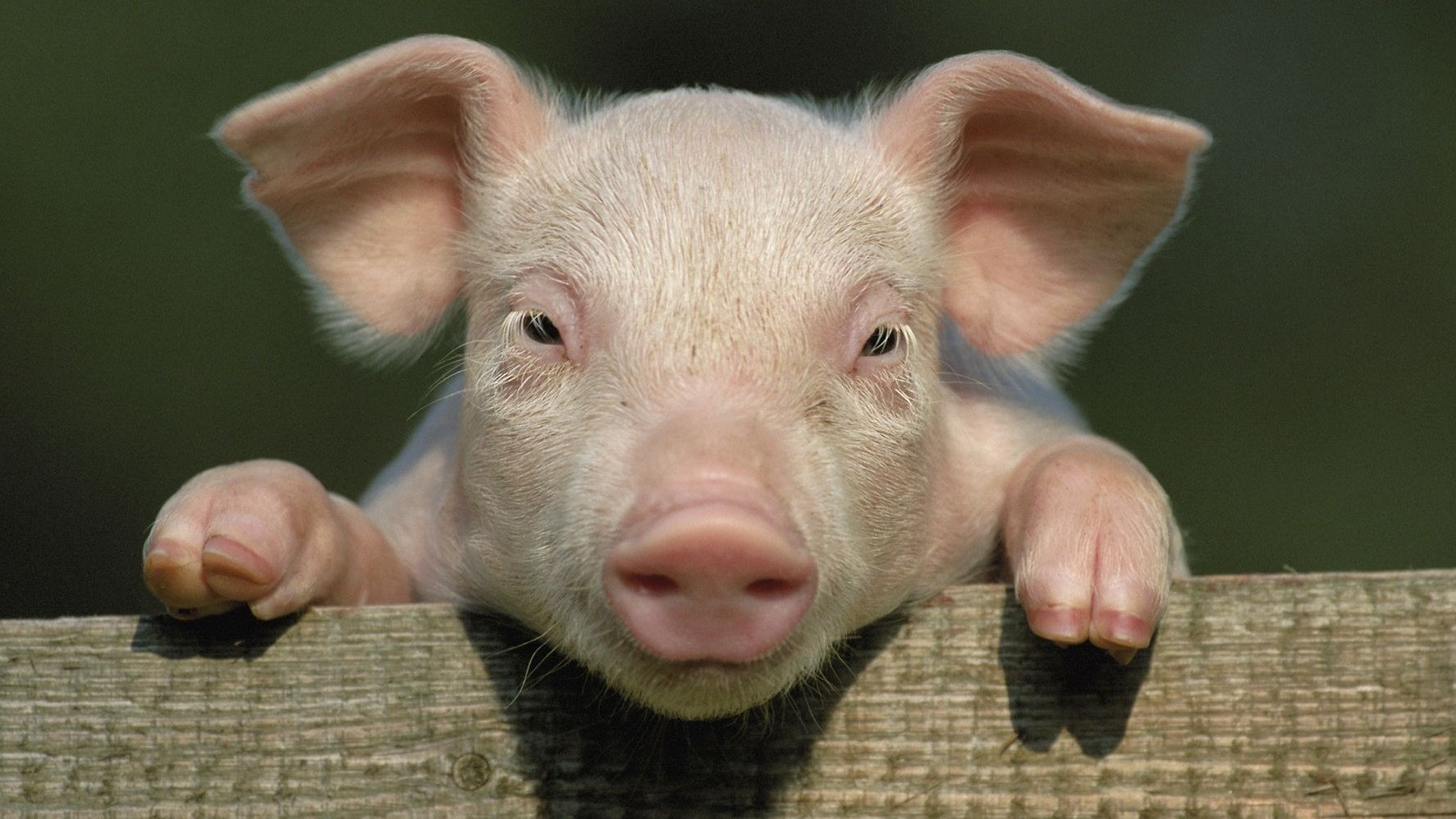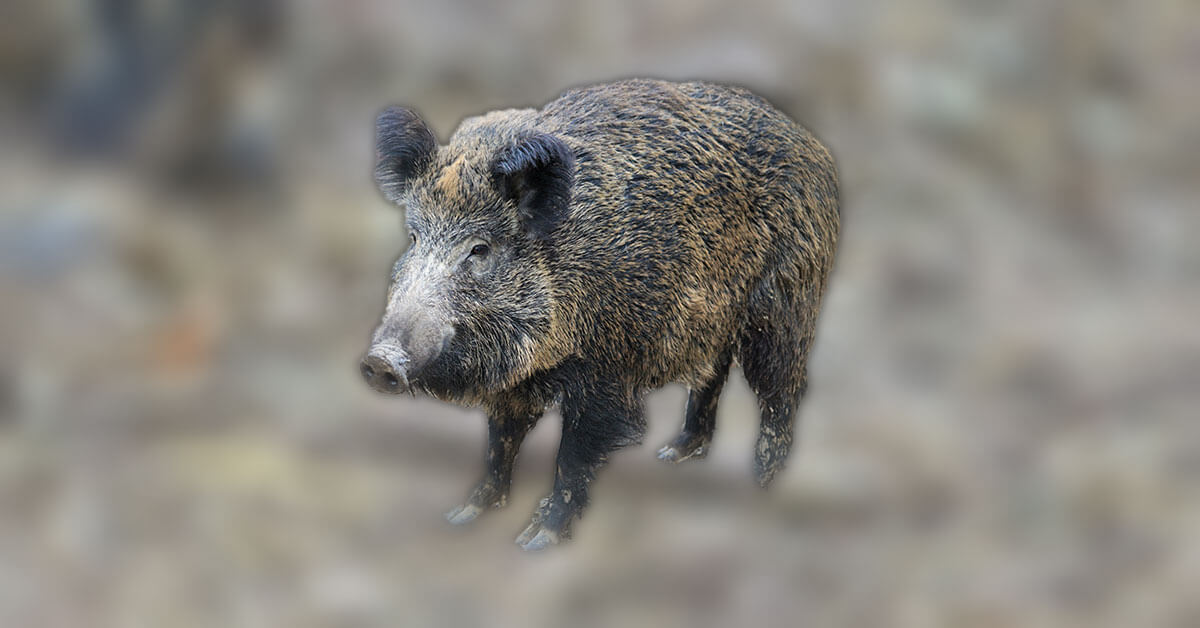Understanding the Pig: A Comprehensive Exploration
Understanding the Pig: A Comprehensive Exploration
Introduction
Pigs, scientifically known as Sus scrofa domesticus, are one of the most versatile and fascinating domesticated animals. Renowned for their intelligence, social behavior, and adaptability, pigs have played significant roles in human history, agriculture, and culture worldwide. In this comprehensive article, we delve into the multifaceted world of pigs, exploring their biology, behavior, domestication history, cultural significance, economic importance, and contemporary issues surrounding their welfare and utilization.
Evolution and Biology
Pigs belong to the family Suidae and are closely related to wild boars. The domestic pig is believed to have descended from the wild boar, which was first domesticated around 9,000 years ago in multiple regions of Eurasia. Through selective breeding, domestic pigs have undergone significant morphological and behavioral changes compared to their wild ancestors.
Anatomy and Physiology
Pigs are medium-sized mammals with stout bodies, four legs, and distinctive snouts. They have well-developed senses of smell and hearing, which are essential for foraging and communication within social groups. Their omnivorous diet includes a wide range of plant matter, insects, and occasionally small vertebrates.
Internally, pigs have complex digestive systems optimized for processing various food types. Their stomachs are divided into multiple chambers, facilitating efficient digestion. Furthermore, pigs have been important models in biomedical research due to their physiological similarities to humans, particularly in cardiovascular and digestive systems.
Behavior and Social Structure
Pigs are highly social animals that exhibit complex behaviors and hierarchical structures within groups. In the wild, they form matriarchal societies led by dominant sows, with younger females and their offspring forming close-knit family units. Boars, on the other hand, may roam alone or form loose bachelor groups.
Within domestic settings, pig behavior varies depending on factors such as housing conditions, socialization, and management practices. However, even in intensive farming systems, pigs display social bonds, communication through vocalizations and body language, and hierarchical organization within groups.
Domestication History
The domestication of pigs marked a significant milestone in human history, contributing to the development of settled agricultural societies. Early humans recognized the benefits of keeping pigs for meat, leather, and other resources. Over time, selective breeding led to the development of diverse pig breeds suited to different climates, purposes, and cultural preferences.
Cultural Significance
Pigs hold profound cultural significance in many societies around the world. They feature prominently in folklore, mythology, and religious traditions, often symbolizing fertility, abundance, or even taboo subjects such as impurity in certain contexts. Pork-based dishes are staples in numerous cuisines, reflecting the widespread culinary importance of pigs.
Economic Importance
Pig farming is a significant sector of the global agricultural industry, providing meat, leather, and other valuable by-products. Pork is one of the most consumed meats worldwide, with a diverse range of cuts and processed products catering to varied consumer preferences. Additionally, pigs contribute to ecological systems through their role in nutrient cycling and waste management.
Contemporary Issues
Despite their economic importance, pigs face various welfare challenges in modern agricultural systems. Intensive farming practices, including overcrowded housing and restrictive confinement, raise concerns about animal welfare, health, and environmental sustainability. Moreover, diseases such as African Swine Fever pose significant threats to global pig populations, necessitating robust biosecurity measures and disease management strategies.
Conclusion
In conclusion, pigs are remarkable animals with a rich history of interaction with humans. From their ancient origins to their diverse roles in contemporary society, pigs continue to captivate our imagination and influence various aspects of human culture and industry. As we navigate the complex challenges of the modern world, it is essential to recognize the importance of promoting responsible stewardship and ethical treatment of pigs to ensure their well-being and sustainable utilization for future generations.
Kaynakça
- Türk Dil Kurumuna göre "domuz" maddesi






































